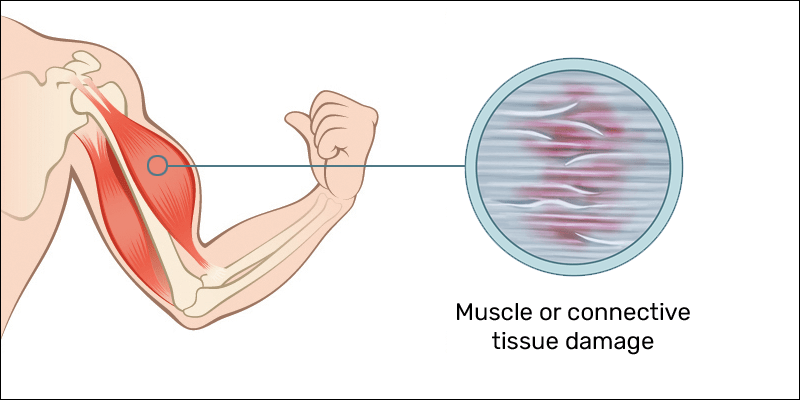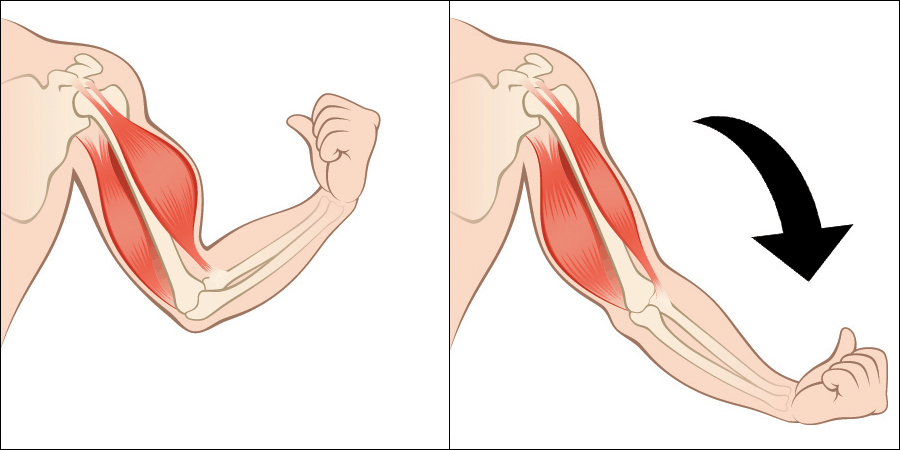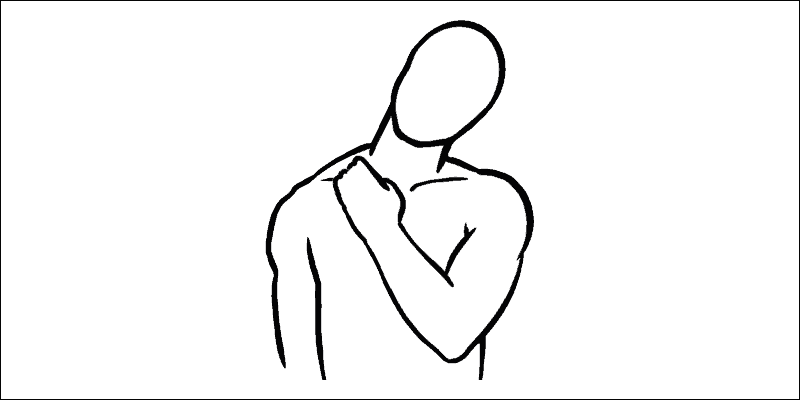Gamer guide to muscle soreness

Key points
Disclaimer
This information is for educational purposes only and is not intended to replace the advice of your doctor. Esports Healthcare disclaims any liability for the decisions you make based on this information.
The information contained on this website does not establish, nor does it imply, doctor-patient relationship. Esports Healthcare does not offer this information for diagnostic purposes. A diagnosis must not be assumed based on the information provided.
Muscle soreness is the aching feeling you’ll experience following a day where you’ve performed exercise or other physical activity that your body isn’t totally used to performing.
So, why are my muscles sore?
This is a common question. This is a reasonable question. And this is a question that almost always—when asked to the general population—is answered incorrectly! Fortunately, we’ve created this gamer guide to muscle soreness for you to better understand.
Most importantly, the reason for your muscle soreness is NOT lactic acid. We have heard this answer so frequently that we feel it necessary to repeat.
YOUR MUSCLE SORENESS IS NOT LACTIC ACID.
The lactic acid (or lactate) produced during exercise will be cleared from your muscles and your blood within an hour or two—perhaps slightly longer for an intense workout.
The soreness you feel in the day(s) following exercise is referred to as delayed-onset muscle soreness (DOMS). The mechanism, as stated previously, is not lactic acid.
Unfortunately, the mechanism of DOMS is not a simple scientific fact. There are a handful of theories that provide some understanding for the phenomenon. Below is a brief explanation for each of these theories.

Muscle damage and connective tissue damage
The most common theories to explain DOMS are muscle damage and connective tissue damage. Simply stated, putting heavy tensile forces on muscles (in the eccentric phase, see below) causes micro-trauma to the muscle fibers.
The muscles are not damaged to the point of strain injury, but the disruption in the microscopic structure of the muscle causes soreness until healed. Generally, this healing will take 2-3 days.
Eccentric muscle contraction
The term eccentric describes the phase of a muscle contraction where the muscle is lengthening under tension. In other words, the down-phase of a repetition of exercise or the deceleration of a moving joint.
Take the biceps curl as an example: you first pull the weight from the hip to the shoulder using the biceps muscle, and the elbow joint closes. Then, on the down-phase, you are still using the biceps muscle. In this phase, the joint is opening and the biceps muscle is lengthening under the tension of the weight.
This is an eccentric muscle contraction, and this is where the muscle breaks down in exercise to become larger, stronger, and more resistant to injury.

Inflammation
Like any insult to the human body, inflammation will occur within the muscle following an intense exercise; inflammation is the body’s mechanism to heal damaged or insulted tissue.
Ultimately, this inflammation produces prostaglandins, which are ultimately lipid (fat) compounds that activate nerve fibers which cause pain.
Inflammation is also an increase in fluid volume, and increased fluid volume may increase pressure on pain nerve fibers within the muscle as well.
Enzyme efflux
Following the damage to the muscle during eccentric exercise, there is an accumulation of calcium in the muscle. Increased calcium reduces the energy production within the muscle, and it also activates enzymes that breakdown different parts of the muscle’s microscopic structure.
Although just micro-trauma, this damage causes soreness within the muscle. Again, this damage is healed within a few days and the soreness dissipates.

What can you do about it?
Unfortunately, there does not appear to be any modalities or treatments that effectively or consistently reduce DOMS. Some people have reported reduction of soreness with moist heat (e.g., heat packs or a warm/hot shower), gentle stretching, gentle physical activity (with little or no resistance), or massage.
However, DOMS from exercise will generally last 24-72 hours—often peaking at 48 hours. It is certainly worth trying some of the above-listed treatments, but you most likely will just need to wait it out.
One thing that’s both ineffective and counter-productive is any modality that is anti-inflammatory. Anti-inflammatory measures include ice packs and non-steroidal anti-inflammatory drugs (NSAIDs) such as ibuprofen (Advil), naproxen (Aleve), and acetaminophen (Tylenol).
